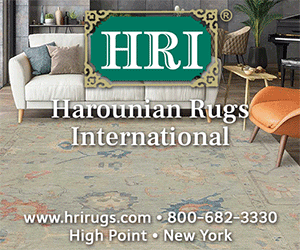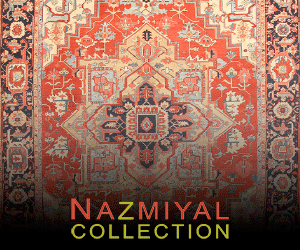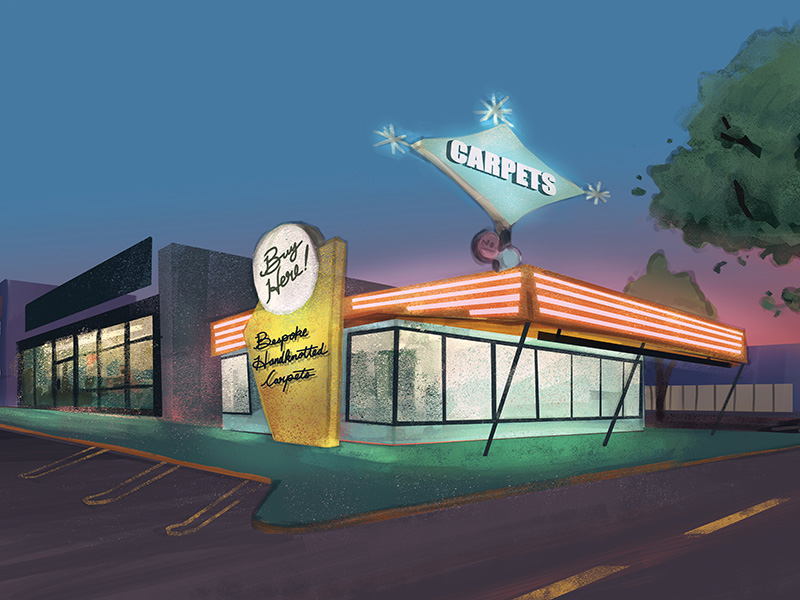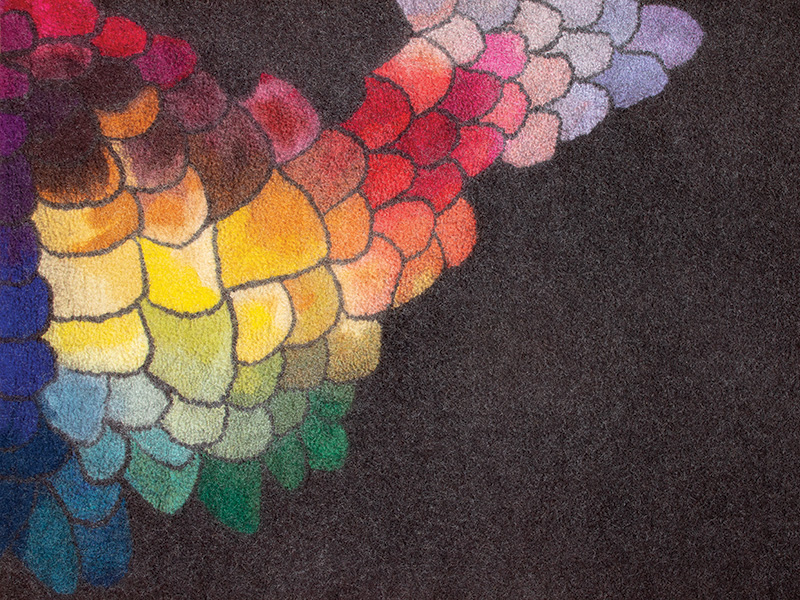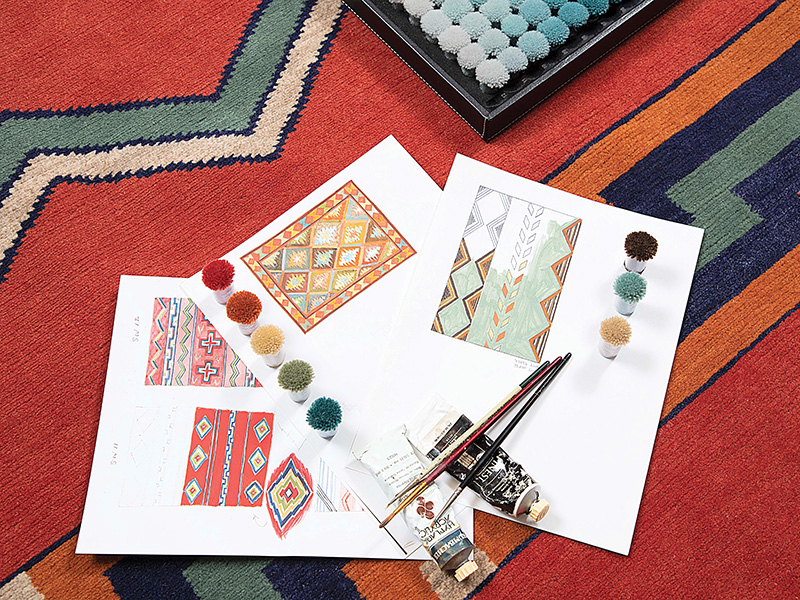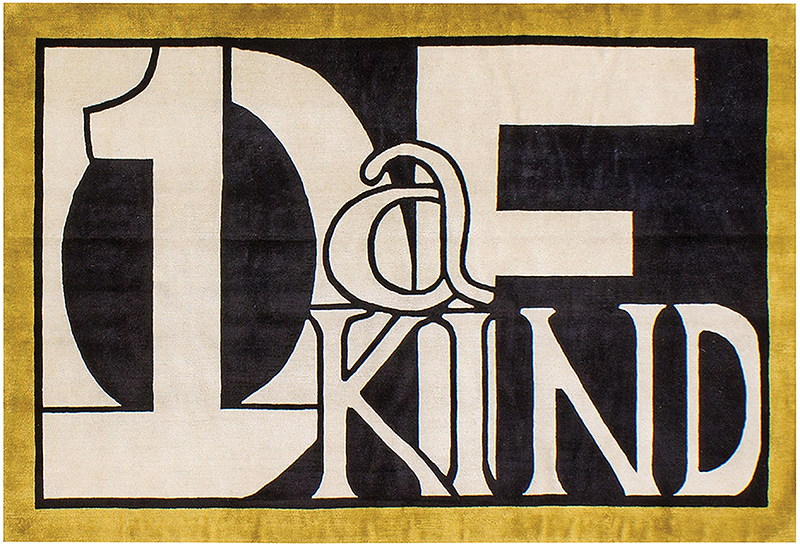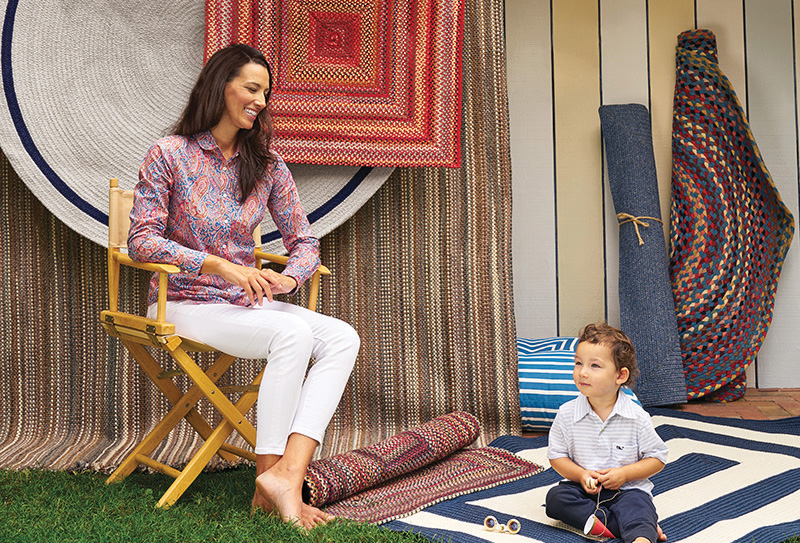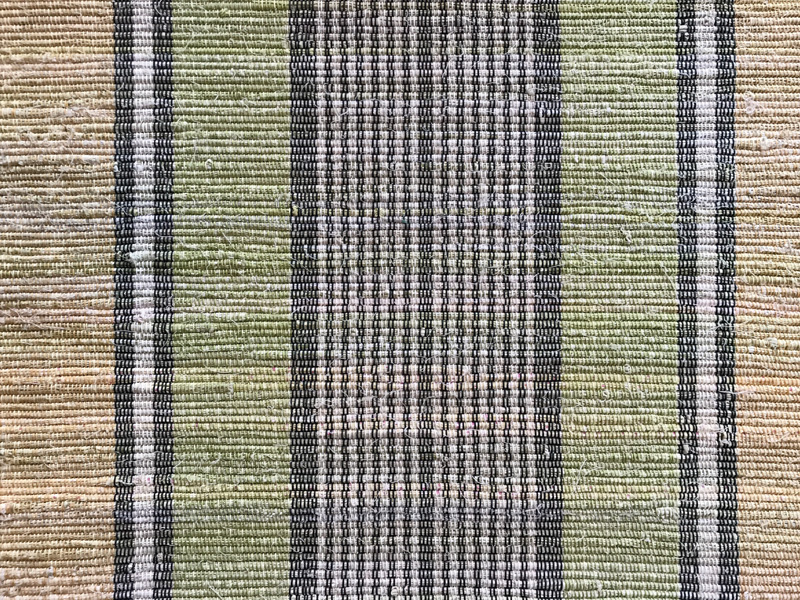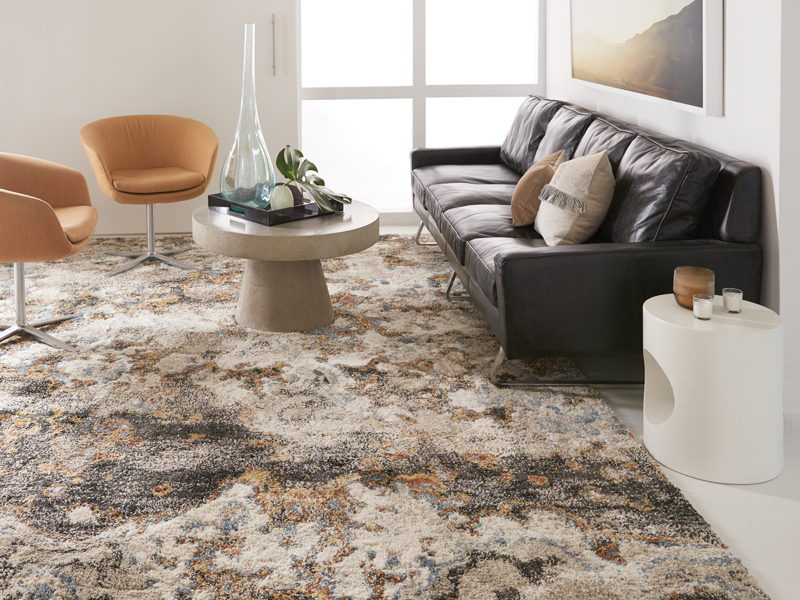The Showroom of the Future
Leveraging technology to reduce waste.
The use of rug samples has become a staple of rug and carpet showrooms the world over. They’re consumer friendly but horribly inefficient in terms of resource use. They also produce excessive waste, all the while making no-one money. “The Showroom of the Future” offers one possible solution.


